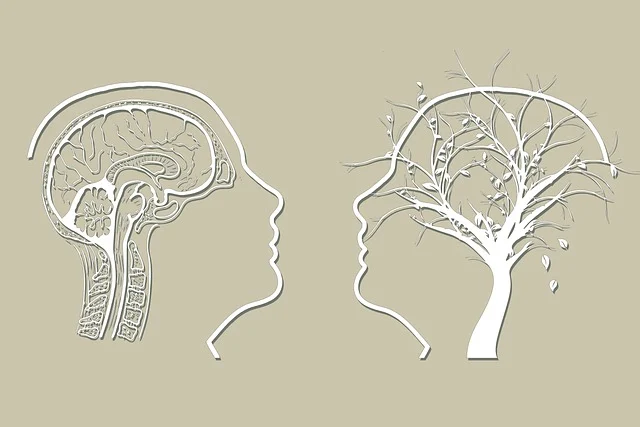Seizures are the result of improper nerve cell signaling in epilepsy, a brain illness. Uncontrollably high electrical activity bursts that alter awareness, behavior, sensations, and also muscular movements are known as seizures. Despite the fact that epilepsy cannot be cured, there are numerous therapeutic alternatives. Medication can be used to treat epilepsy in up to 70% of cases.
What is epilepsy?
Chronic epilepsy is a long-term condition characterized by recurrent seizures brought on by aberrant electrical signals generated by damaged brain cells. Seizures are also brought on by an uncontrollably high spike in electrical activity within brain cells. A seizure may also cause modifications to your consciousness, sensations, emotions, behavior, and motor control (your muscles may twitch or jerk).
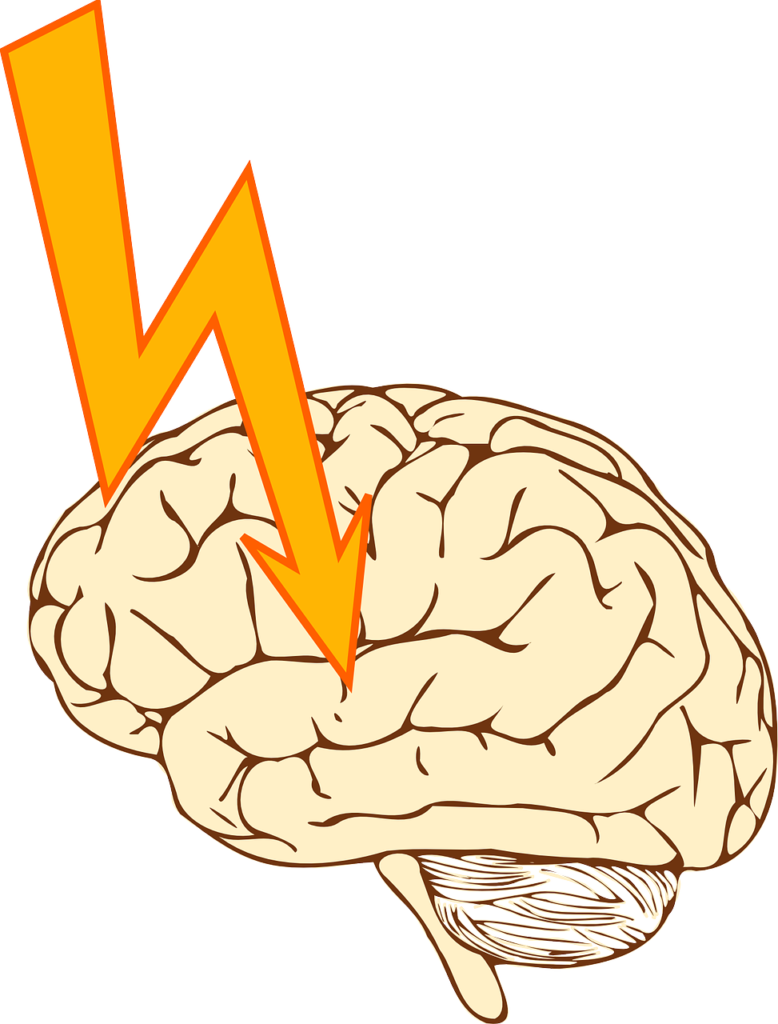
Types of seizures
There are following types of seizures
Seizures with focal onset
One region, or network of cells, on one side of the brain also is where focal onset seizures begin. There once was a term for this seizure: partial onset seizure. Two categories of focal seizures exist:
In a focal onset aware seizure
In a focal onset aware seizure, you are conscious and awake at the time of the seizure. Medical professionals also used to refer to this as a straightforward partial seizure. Among the symptoms could be:
- Alterations in the way that objects taste, smell, or sound.
- Emotional shifts.
- Jerking of uncontrollably in the arms or legs.
- Getting tingling, feeling lightheaded, and seeing flashing lights.
Focal onset impaired awareness seizure
When you experience a focal onset impaired awareness seizure, it indicates that you are disoriented or have lost consciousness. This kind of seizure was once known as a complicated partial seizure. Also among the symptoms could be:
- A vacant gaze, or “staring into space.”
- Repetitive motions such as blinking of the eyes, also lip-smacking or chewing,
- rubbing or finger movements
Generalized onset Seizures
Widespread brain networks on both sides are simultaneously impacted by general onset seizures. Seizures with a broad focus fall into six categories.
Absence seizures
Seizures known as absences can result in a blank gaze, sometimes known as “staring into space,” or a momentary loss of consciousness. Minor muscular movements could be present, such as blinking of the eyes, lip-smacking or chewing sounds, hand movements, or rubbing of the fingers. Children are more likely to experience absence seizures, which typically last for a few seconds (less than ten), and are frequently confused with daydreaming. Petit mal seizures was the previous term for this type of seizure.
Atonic seizures
The word “atonic” refers to seizures that lack tone. When you have an atonic seizure, your muscles are either weak or you have lost control over them. During this brief seizure—which typically lasts less than 15 seconds—you can lose consciousness, droop or drop certain body parts, such your head or eyelids, or you might fall to the ground. This kind of seizure is occasionally referred to as a “drop attack” or “drop seizure.”
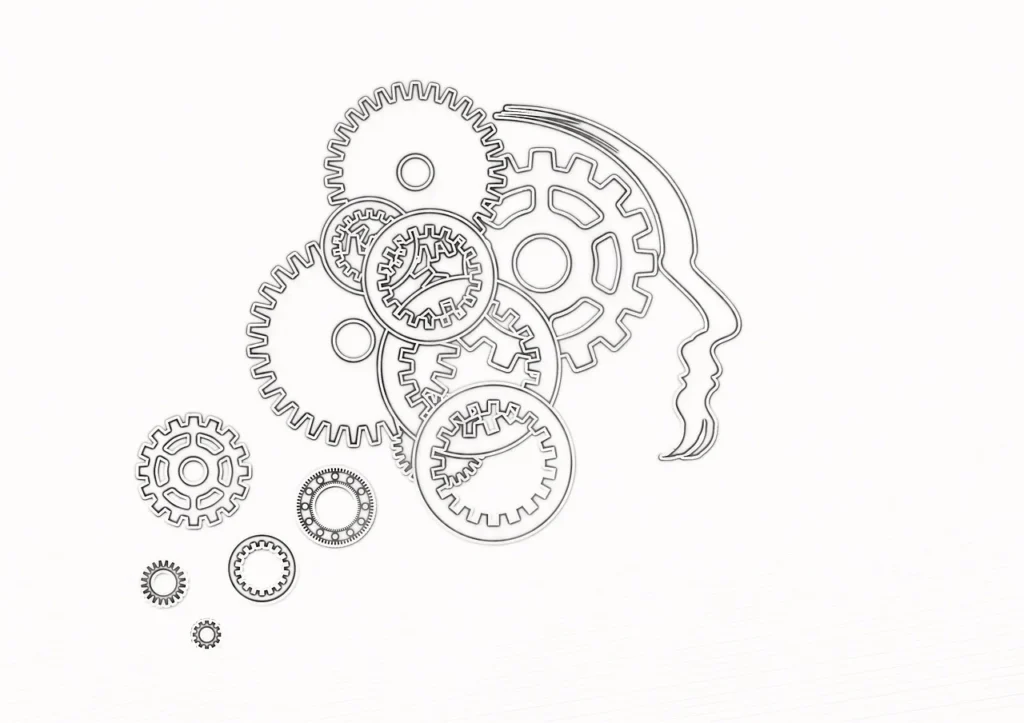
Tonic seizures
Seizures that are tonic: Tonic means “with tone.” When you have a tonic seizure, your muscular tone has significantly risen. You may fall because of tense or stiff arms, legs, back, or entire body. During this brief seizure—which typically lasts less than 20 seconds—you might be alert or experience a little shift in awareness.
Clonic seizures:
The term “clonus” refers to a rapid, repetitive jerking or stiffening of a muscle. Muscles can jerk constantly for a few seconds to a minute, or they can tense up and then jerk for a few seconds to two minutes, which is known as a clonic seizure.
Tonic-clonic Seizures
Seizures classified as tonic-clonic combine recurrent, rhythmic muscle jerks (clonic) with muscle stiffness (tonic). Medical professionals may refer to this episode as a grand mal seizure, however they have also called it a convulsion. Most people associate seizures with tonic-clonic seizures when they hear the word.
Myoclonic seizures:
The term “myo” refers to muscle, and “clonus” refers to shock-like, momentary jerks or twitches of the muscles. Typically, myoclonic seizures end after a few seconds.
Symptoms
Recurrent seizures are epilepsy’s primary symptom. However, the kind of seizure you have will determine the symptoms you experience.
Signs and symptoms of seizures consist of:
- Temporary unconsciousness or lack of awareness.
- Loss of muscle tone, jerking, and uncontrollably moving muscles.
- Staring blankly or “staring into space”
- Temporary disorientation, sluggish thinking, difficulties understanding and communicating.
- Modifications to taste, smell, hearing, vision, and sensations of tingling or numbness.
- Difficulties understanding or communicating.
- Upset stomach, waves of heat or cold, Goosebumps.
- Mouth-smacking, chewing, hand-rubbing, and finger movements.
- Psychic symptoms, such as déjà vu, worry, dread, or fear.
- Faster respiration and/or heart rate
Causes of epilepsy
The etiology of seizures is unknown in the majority of instances (up to 70%). Known reasons consist of:
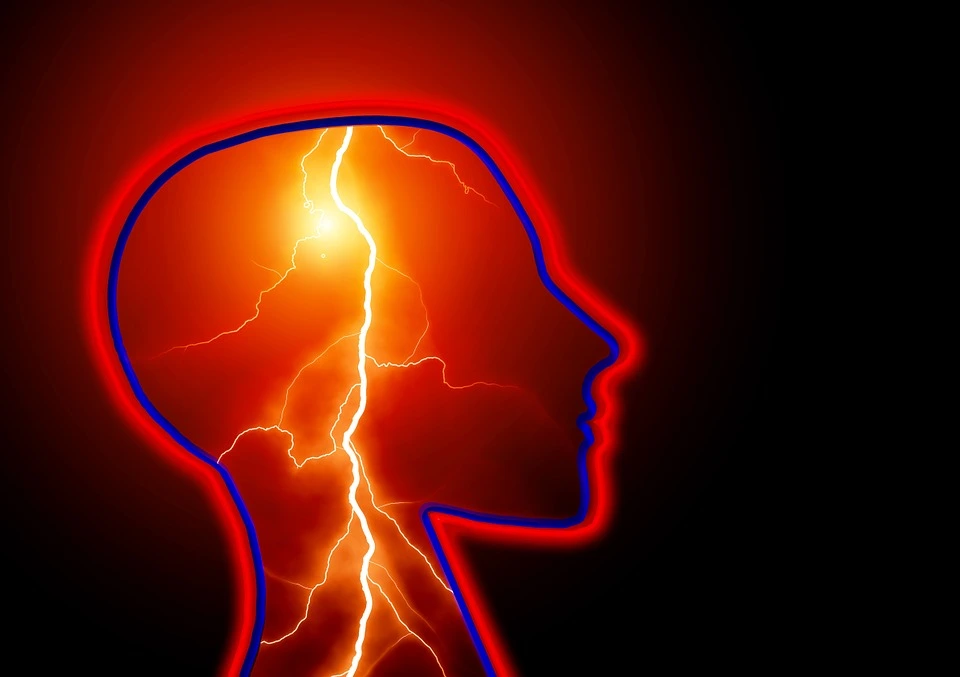
Genetics
Certain forms of epilepsy, such as infantile absence epilepsy and juvenile myoclonic epilepsy, are more likely to be inherited and run in families. Although there is some evidence linking certain genes to the condition, researchers feel that other factors may be more significant and that the genes themselves just raise the risk of epilepsy. Certain epilepsies are caused by anomalies that impair brain cells’ ability to communicate with one another, which can result in aberrant brain signals and seizures.
Temporal mesenchyme sclerosis.
This is a scar that can cause focal seizures; it develops in the inner region of the temporal lobe, which is the area of the brain close to the ear.
Head wounds
Head injuries can arise from falls, car crashes, or any kind of head trauma.
Infections of the brain. Meningitis, encephalitis, brain abscesses, and neurocysticercosis are among the infections that can occur.
Immune conditions
Epilepsy can result from autoimmune diseases, which are illnesses that make your body attack brain cells.
Disorders of development
Brain-related birth defects are a common cause of epilepsy, especially in those whose seizures are not managed by anti-seizure drugs. Birth defects such as focal cortical dysplasia, polymicrogyria, and tuberous sclerosis have been linked to epilepsy.Also Numerous other brain abnormalities are also known to induce epilepsy.
Metabolic conditions.
Epilepsy can occur in people who have a metabolic disorder, which affects how your body gets energy for everyday tasks. Many of these conditions can be identified by your healthcare professional through genetic test.
How is epilepsy diagnosed?
In theory, you are diagnosed with epilepsy if you have two or more seizures that aren’t related to a recognized medical disease, like alcohol withdrawal or low blood sugar. Your healthcare provider (or epilepsy expert) will examine you physically, obtain your medical history, and order blood testing (to rule out other causes) before reaching a diagnosis.
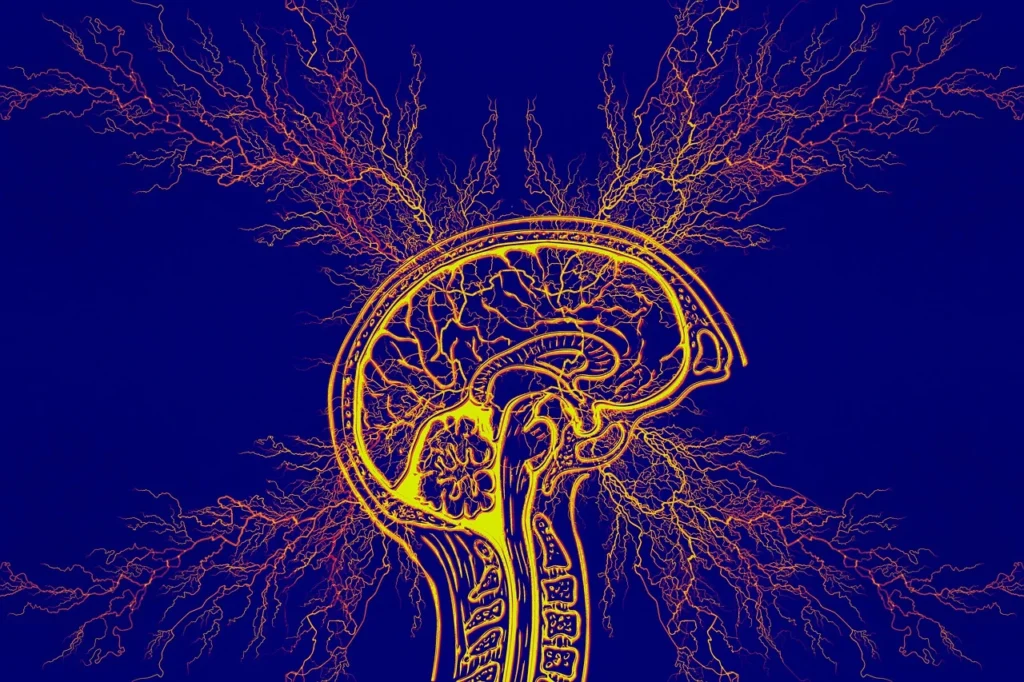
If you or a family member saw your seizure and experienced any of the following, your healthcare professional will question you about it.
- Jerky movements of muscles.
- Tightness in the muscles.
- Loss of control over the bowels or bladder (you urinated or defecated during the seizure).
- Alteration in breathing.
- Pale skin tone emerged.
- Possessed a vacant gaze.
- Lost awareness.
- Had trouble comprehending what was said to you or speaking?
Treatment
Anti-seizure drugs, surgery, and special diets are used as treatments for epilepsy, frequently in combination with one another.
Anti-epileptic drugs

About 60% to 70% of epileptic individuals can reduce their seizure frequency with anti-seizure drugs. Treatment for anti-seizures with medicine is customized. also Over 20 anti-seizure drugs have been approved by the FDA in the United States to treat epilepsy. Y
Choosing an anti-seizure drug is dependent upon:
- Kind of seizure.
- Your past reaction to anti-seizure drugs.
- You also have other medical issues.
- The possibility of a drug interaction with any other prescription you take.
- Adverse effects (if any) of the anti-seizure medication.
- Your age
- General health.
- Price.
Inform your doctor if you are pregnant or intend to become pregnant because certain anti-seizure drugs have been related to birth abnormalities.
Diet counseling
The two most popular diets that are occasionally advised for individuals with epilepsy are the modified Atkins diet and the photogenic diet, which are low in carbs, also moderate in protein, and high in fat. For youngsters who are not candidates for surgery and for whom medication proved ineffective, diets are typically advised. For certain epileptics, low-glycemic index diets may help lessen seizures.
Surgery and devices
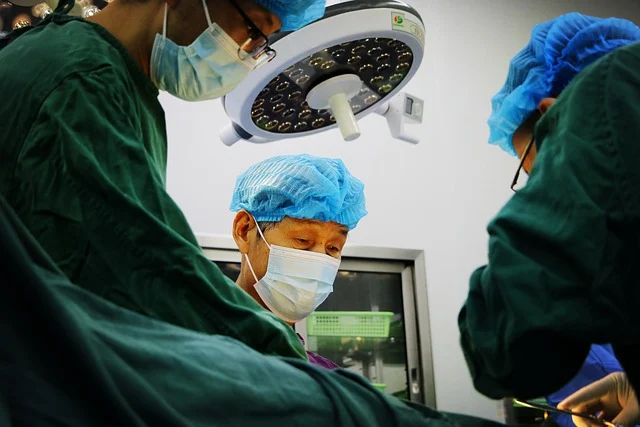
In the event that anti-seizure drugs are unable to manage your seizures and if they are severe and incapacitating, your healthcare professional may discuss surgery. If anti-seizure medication therapies are unable to control your seizures after more than two attempts, epilepsy surgery may be a safe and viable course of treatment. If anti-seizure drugs are unable to control your seizures, it is crucial that you get assessed at an epilepsy center to see whether you are a candidate for epilepsy surgery.
Surgical resection (removal of defective tissue), disconnection (severing fiber bundles connecting brain regions), stereotactic radiosurgery (targeted destruction of abnormal brain tissue), and also neuromodulation device implantation are among the surgical alternatives. Over time, these devices can lessen seizures by stimulating your brain with electrical impulses

